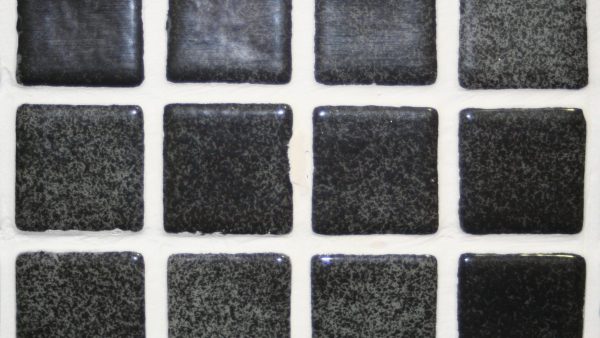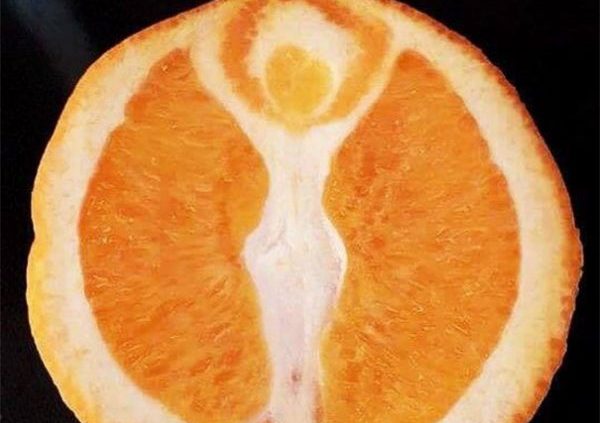We not only believe what we see, to some extent we see what we believe … The implications of our beliefs are frightening.
According to Richard Gregory, a British psychologist who wrote many papers on perceptual illusions, visual dissociations and more, there are three types of optical illusions: Physical, Physiological and Cognitive.
Physical Illusions
When the illusion happens because of the physical properties of the environment, we call it a genuine optical illusion. These types of illusions occur before light hits the retina of the eye.

Some really good examples of physical illusions are:
- Mist causes loss of information, which our brain is happy to fill in with its own ideas.
- Mirages in the desert, where the sky gets reflected off a thin layer of hot air above the ground.
- Reflection. Mirrors create an illusion of another person or object through the reflection of light.
- Refraction. Rainbows look like objects, but their perceived location depends on the viewer’s position relative to the sun and the rain. Objects underwater also seem to be in a slightly different location, and funny illusions can be created with half-immersed objects.
Physiological illusions
Physiological illusions are very rare in real life. They are caused by excessive stimulation of a specific type on the eyes or the brain, like brightness, tilt, color, movement, etc. Repetitive stimulation of the neural paths in the visual cortex can lead to an altered perception. The viewer may see parts of an image that is not there.
They should be called visual illusions instead of optical illusions, as they happen in your visual pathway.

Some examples of physiological illusions are:
- Blind spots: our brain automatically fills in missing information, so we are never aware that we all have a small area that we simply cannot see.
- Hermann grid illusion: where you see grey areas in the white crossings of a grid.
- A spiral shape turning seems to get larger, despite not changing at all.
- Afterimages: when you stare at bright images or into a light source for a while, you can still see it after you close your eyes.
Cognitive Illusions
These are the most known types of optical illusions. This is where our brain tries to make sense of what we see and fills in the gaps with what we know about the world, sometimes with hilarious results.

- Ambiguous illusions: display two different things depending on how you look at them, like reversible figures, hollow mask illusions or reverspective paintings.
- Forced Perspective: when you can’t tell depth / size / scale because the colors or shades are misleading your brain.
- Camouflage: when objects blend, making them hard to distinguish.
- Impossible objects and Escher drawings (Paradox)
- Pareidolia: Seeing faces or objects in random patterns like fire, clouds, or ink bots.
